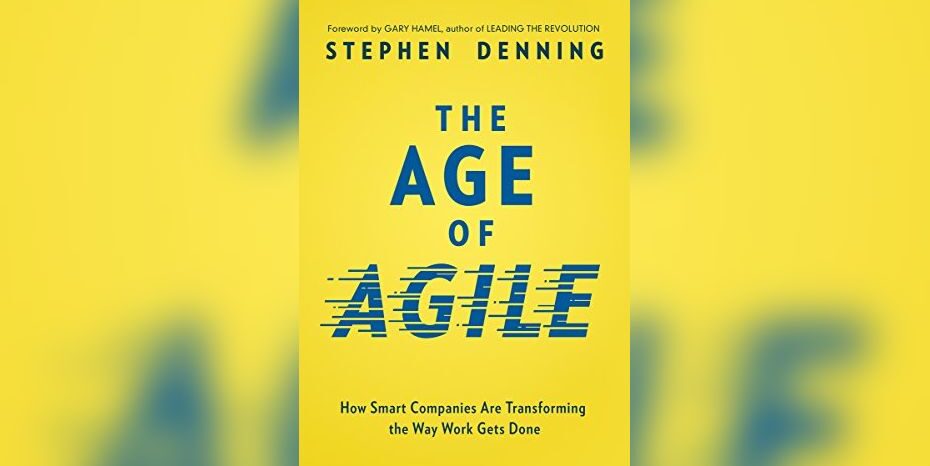When you visit Amazon’s Book Store, or The Book Depository, a simple search on ‘Agile Project Management’ yields over 1,000 results. So, why have we selected Stephen Denning’s “The Age of Agile”? What makes it so different to other books that talk about Agile? The Age of Agile doesn’t contain detailed processes on implementing Agile in your organisation; nor does it explain the tools, techniques, or even tips you would commonly find in other books. Why do we like it? Because it focuses on BEING Agile, not IMPLEMENTING Agile.
To transition successfully, an organisation must first understand, accept and embrace the concepts and values of agility. Once this has happened, it can then try the different flavours of Agile seeing what works and what works well, essentially being agile with the implementation of Agile.
The book begins with explaining that in a world that is increasingly volatile, uncertain, complex and ambiguous (VUCA), the only successful way to navigate and thrive in it is to become agile as string agility is best placed to respond to these four scenarios. According to Denning, there are three key principles, or laws to follow, with each playing an essential role to achieving agility:
- The Law of the Small Team
- The Law of the Customer
- The Law of the Network
Denning neatly illustrates how a wide range of organisations, across varying industries, discovered and implemented their versions of these rules under differing circumstances. The common pattern appears to be that it arises from a great imperative or need, often within an atmosphere of survival. After great trials and tribulations, a critical point is reached where the organisation ‘gets it’ and the approach forward to better navigate the VUCA world is embraced.
The key concept required to implement agility is to recognise that it requires cultural change, and not just implementing a collection of tools and processes. The ideas are self-perpetuating, introspective and encourage continuous improvement and innovation.
The second part of ‘The Age of Agile” covers many of the traps management falls into in order to avoid implementing agile, implementing it half-heartedly or within a vacuum. Though much of it may not appear to be relevant to Agile, it does paint a good picture of how our organisations got to where they are today and the problems they find themselves in. Concepts such as shareholder value and share buyback that take the focus away from delivering value to the customer, building teamwork and encouraging innovation as the primary goals of an organisation, eventually leads to corporate irrelevance as better prepared organisations rise to the challenges ahead.
Denning tells this story in a very readable way that inspires going beyond simply learning agile techniques and methods. We recommend you give this one a read!
Have you found a book worth reading? We’d love to know about it! You can contact us HERE.
